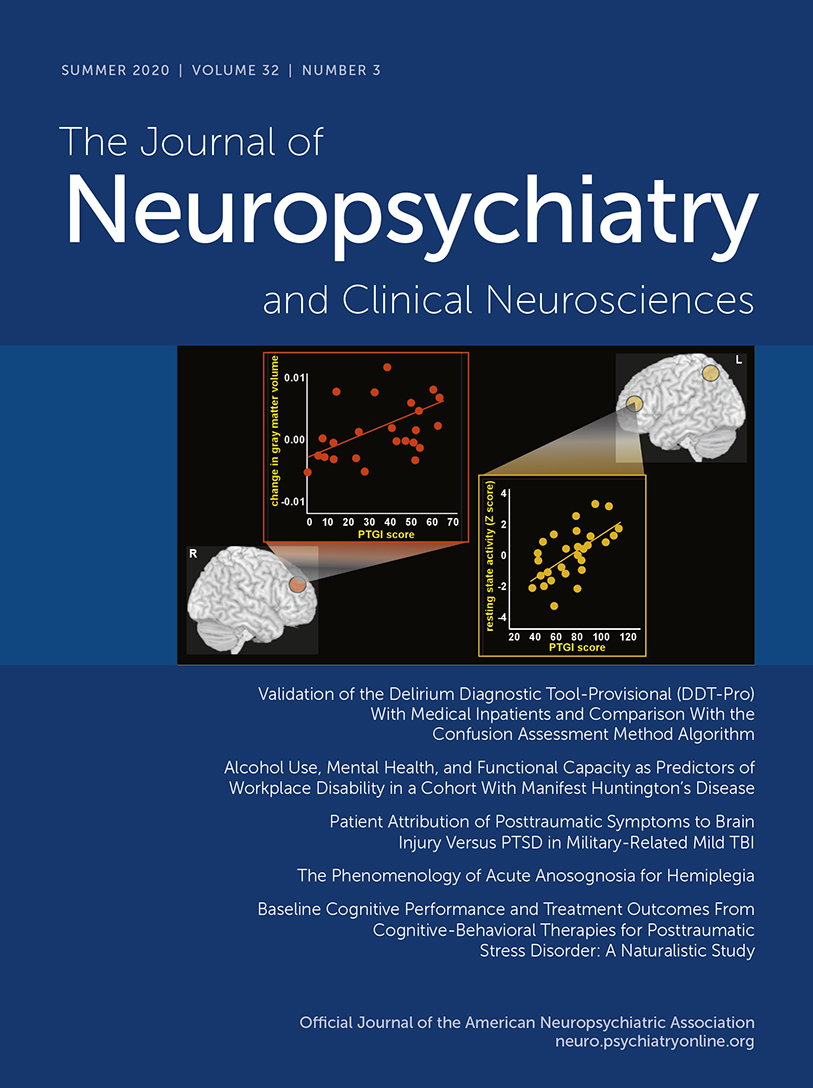Vicarious Embarrassment or “Fremdscham”: Overendorsement in Frontotemporal Dementia
Abstract
Objective:
The experience of embarrassment signals violations in social norms, and impairment in this social emotion may underlie much of the social dysfunction in behavioral variant frontotemporal dementia (bvFTD). The authors investigated whether impaired self-awareness of embarrassment may distinguish patients with bvFTD early in the course of disease from healthy control subjects (HCs).
Methods:
Self-reported embarrassment was examined among 18 patients with early bvFTD and 23 HCs by using the 36-item Embarrassability Scale, which includes items of situations eliciting embarrassment for oneself (“self-embarrassment”) and embarrassment for others (“vicarious embarrassment”). The two study groups were also compared with the Social Norms Questionnaire (SNQ). The analyses included correlations of SNQ results (total score, violations or “break” errors, and overendorsement of social rules or “overadhere” errors) with Embarrassability Scale scores.
Results:
Patients with bvFTD did not differ from HCs on total or self-embarrassment scores but did have significantly higher vicarious embarrassment scores. Unlike in the HC group, reports of vicarious embarrassment did not differ from reports of self-embarrassment among patients in the bvFTD group. The Embarrassability Score further correlated with overadherence to norms on the SNQ.
Conclusions:
In the presence of social dysfunction and emotional blunting, these findings suggest that patients with bvFTD rely on their own perspective for a rule-based application of social norms in reporting vicarious embarrassment. The assessment of reports of embarrassment for others may indicate an early and previously unrecognized clinical measure for detecting bvFTD.



